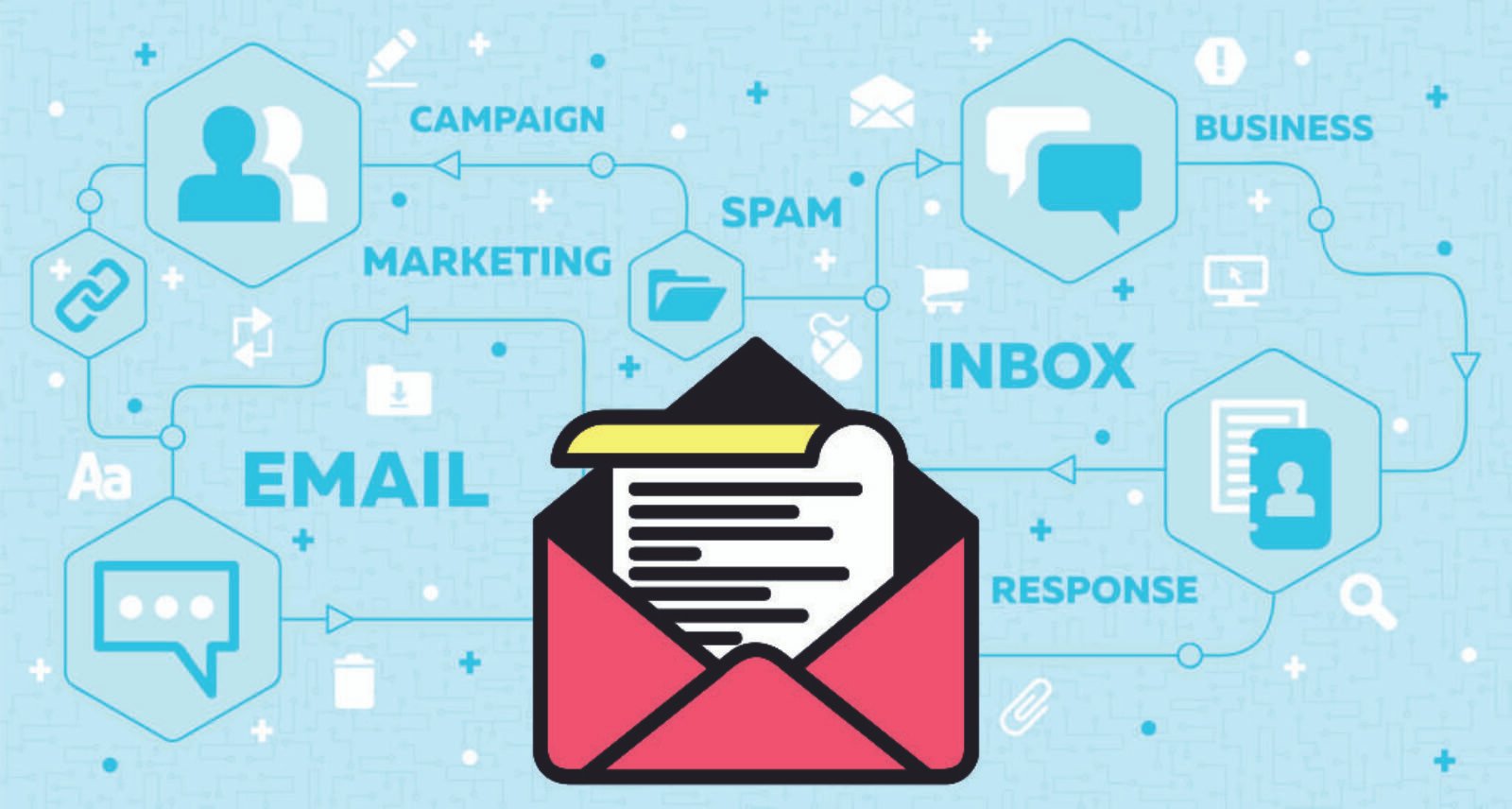What’s BIMI? How Can it Help in Boost Your Email Deliverability?
.elementor-2487 .elementor-element.elementor-element-2d56e79:not(.elementor-motion-effects-element-type-background), .elementor-2487 .elementor-element.elementor-element-2d56e79 > .elementor-motion-effects-container > .elementor-motion-effects-layer{background-position:center...
